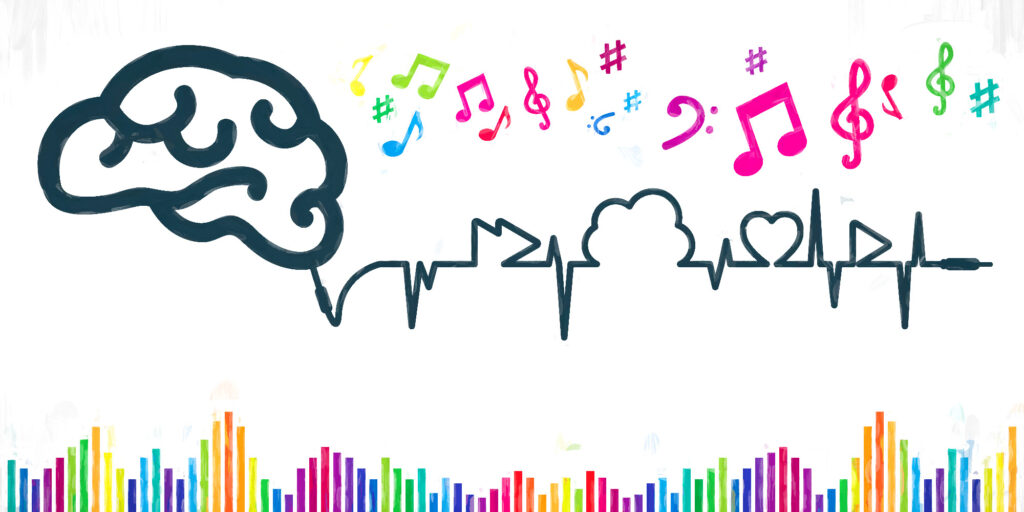
POWER UP: MUSIC & THE BRAIN
The power of music is undeniable. Adults and children alike can feel music interacting with their bodies. And, it’s not just a haphazard feeling that one experiences. Science confirms that humans are hard-wired to respond to music. The Power of Music, Elena Mannes, reports that scientists have found that music stimulates more parts of the brain than any other function. This very statistic shows the potential in music’s capability to change the brain and affect the way it works. Let’s begin with music’s ability to evoke emotion. It’s indisputable that we “feel” music in countless positive ways. The enjoyment of music appears to interact with the same area in the brain as other pleasures operate. Evidence shows that a song, beat, or specific rhythm naturally targets the brain’s dopamine systems. Listening to music also stimulates the release of endorphins produced in the brain to relieve pain and produce a euphoric state.

With this information tucked in your back pocket, it’s easy to associate this knowledge with our children and Social-Emotional Learning. Sure, talking about emotions with our kids and students is an effective tool, as is explicit instruction through evidence-based programs. However, what if you could get at both the prominent and underlying emotions in a simple, effective, and positive way. Music provides this very outlet. Think about when a classroom seems “off.” Maybe the overall mood isn’t quite right, or the group’s focus has shifted. When this occurs, children can’t always articulate what is wrong or why they feel a specific way. Music can often remedy this issue. How? Music is a universal language central to every culture in the world. When introduced into a classroom, preschool, or home setting, this “language” strives to energize, destress situations, and shift focus. This remarkable commonality creates connection and drives developmental experiences while offering a platform that fosters self-awareness in a safe and caring setting.
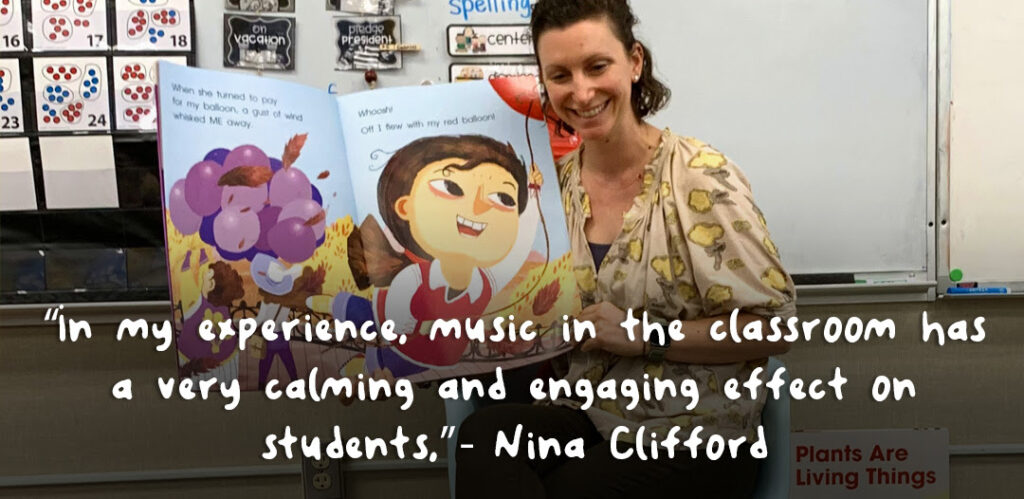
“In my experience, music in the classroom has a very calming and engaging effect on students,” offered Nina Clifford TK/K Teacher at Bend Elementary School in Red Bluff. “Singing along to a song that spells a sight word or explains classroom expectations, allows students to effectively retain the information in a stimulating way. Opportunities for song also allow occasions for movement, which comes in very handy in my TK/Kindergarten combination class. We use music frequently to reinforce learning, transition between activities, and help get our wiggles out while learning kinesthetically!”
Speaking of emotions, music also shows an impressive connection with ACEs (Adverse Childhood Experiences). Song and rhythm can mitigate a toxic stress response. According to ACEs Aware, it’s an evidence-based strategy that helps the body regulate. In addition, increased music and movement can improve memory attention as well as cognitive and psychosocial functioning.
Still not convinced that music is indeed a game-changer when it comes to children? Let’s take a moment to focus on its incredible impact on learning and literacy. Several studies have examined the relationship between music and language processing on a neurophysiological (or brain structure) level. By looking at the science, we know that normal brain wave function generally falls into BETA. However, music can evoke the more relaxed ALPHA and THETA brain wave states which are more conducive to memory and enhanced creativity.
In addition, music is completely brain compatible. Just think about this for a moment. Music stimulates and unifies cognitive function. It also effortlessly touches three modalities – auditory, kinesthetic (movement), and tactual (emotional). When you provide music in printed lyric form, music taps into the visual modality as well. By simply incorporating a skills-based song into a lesson or activity as new concepts are introduced or reviewed, we have the potential to reach all students at their preferred learning level.
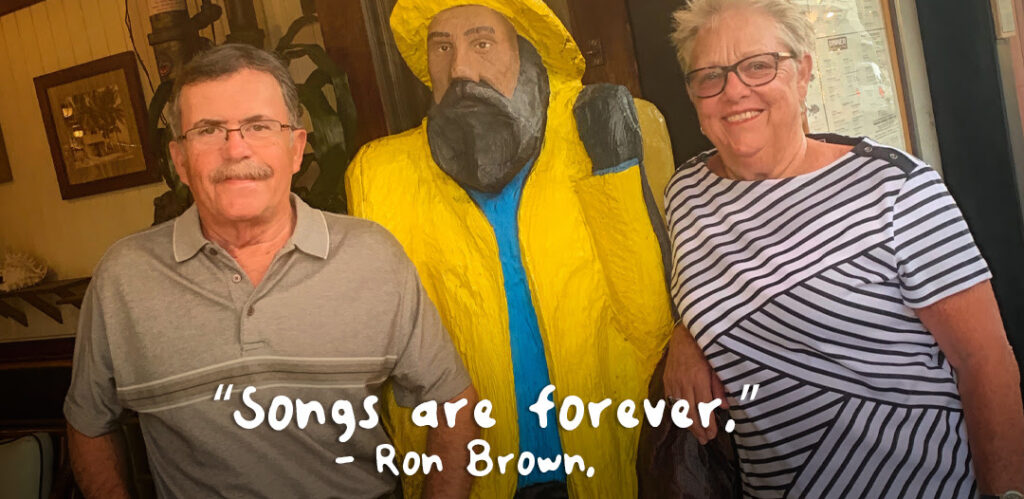
“Songs are forever,” shared Ron Brown, former elementary educator, and songwriter behind Intelli-Tunes. “Couple this lasting power with good teaching strategies and informative lyrics, and you have a winner.”
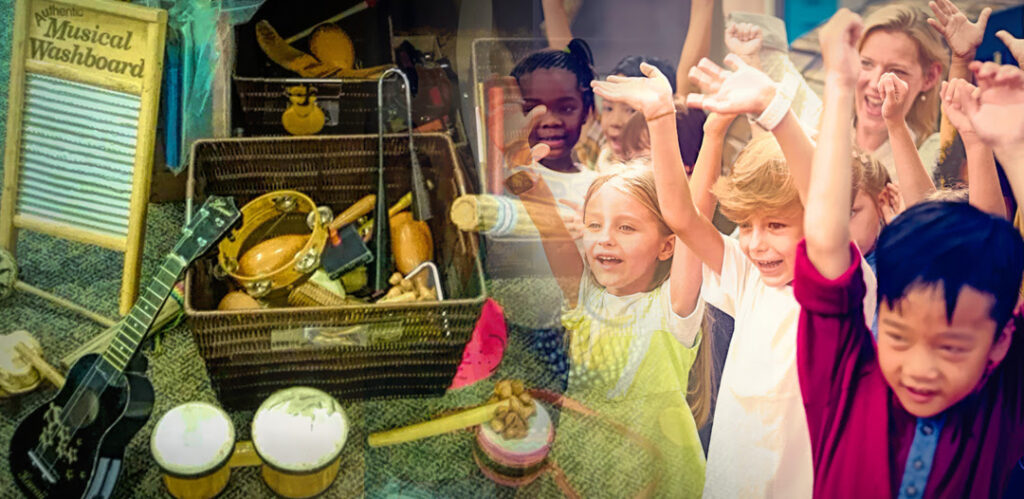
Are you looking for new strategies to support literacy, enhance learning, and foster social-emotional growth in an elementary classroom, preschool, or home setting? Here are a few quick and easy ideas.
1. DIY INSTRUMENTS – from paper plate tambourines and pan drums to water bottle shakers, many everyday items can be used to create instruments. Use these makeshift everyday items to mimic beats and “follow the leader,” so to speak. Familiar patterns, songs, and even verbalized spellings can be incorporated.
2. NURSERY RHYME CHOREOGRAPHY – encourage children to act out and move to the beat of a familiar nursery rhyme.
3. SING IT – simply sing essential words, phrases, or concepts. Parents and teachers can develop their chants, raps, and tunes to encourage concept retention. There are also countless professional standards-based songs available for classroom and home use.
4. MUSIC STORIES – invite young children to move through instrumental program music, or music that “tells a story.” Numerous well-known children’s classics are suited to jive with structured or exploratory activities. Above all, allow yourself to get creative when it comes to incorporating music into learning situations. Of course, there is no wrong or right way for children to digest rhythm, beat, and song. It’s genuinely safe to say that music is a universal catalyst for significant and meaningful engagement, growth, and change.
For more information about engaging music for young children and Pre-K, K, and K classrooms, please visit our @first5tehama Pinterest board.
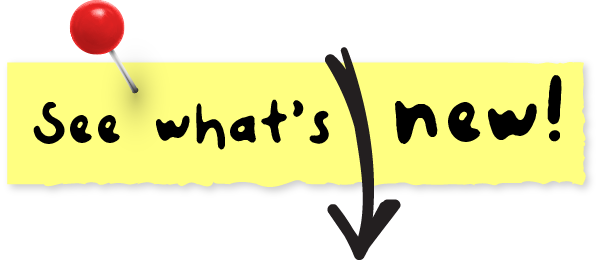
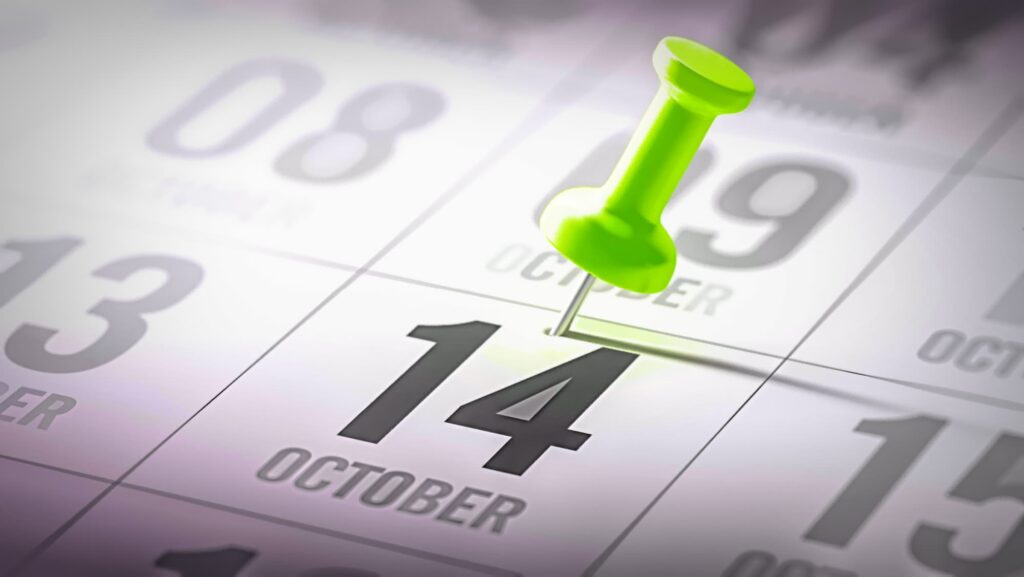
Have you heard of Tehama’s Early Intervention Partnership? This exciting group is a First 5 Committee of the Blue Ribbon Commission. Comprised of administrators who directly influence the organization system, this innovative partnership has one clear mission – ensuring a coordinated system of prevention and early intervention services for young children ages 0-8 and their families. If you are a school administrator, principal/vice principal, or director of an agency providing support services to families and children under 8 years old, reach out to Heidi Mendenhall to learn more about our work and attending future discussions. (Hmendenhall@first5tehama.com). Our next meeting is on October 14th via Zoom.

